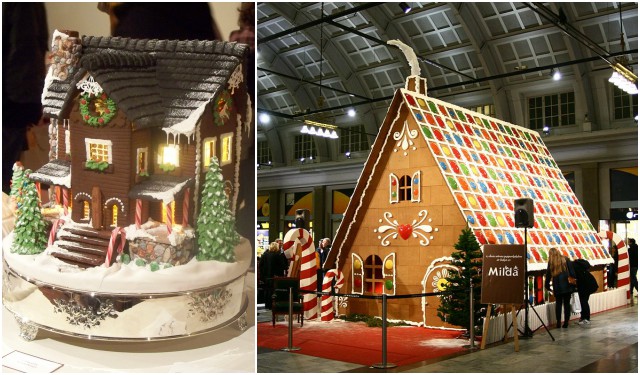Gingerbread houses remain a favorite holiday tradition for children, families and bakers alike. Gingerbread Houses are made in the US and many other countries in the world, but the first Gingerbread cookies originated in Germany during the 16th century where they were popularly called “Lebkuchen”.
Gingerbread houses popularity rose when the Brothers Grimm wrote the fairy tale of Hansel and Gretel back in 1812, in which two children, Hansel and Gretel get lost in the woods and stumble upon a house made entirely of gingerbread covered in frosting and candy. They were caught and captured by the witch who lived in the house but managed to escape in the end.
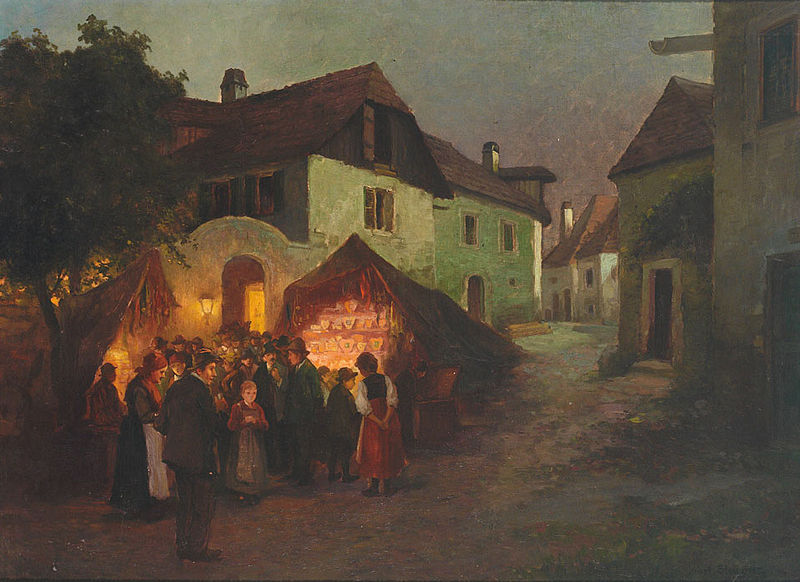
The publishing of this fairy tale popularized the idea and the tale brought gingerbread and the tradition of making gingerbread houses to the United States. In the book Grimm’s Fairy Stories you can read the story of Hansel and Gretel.
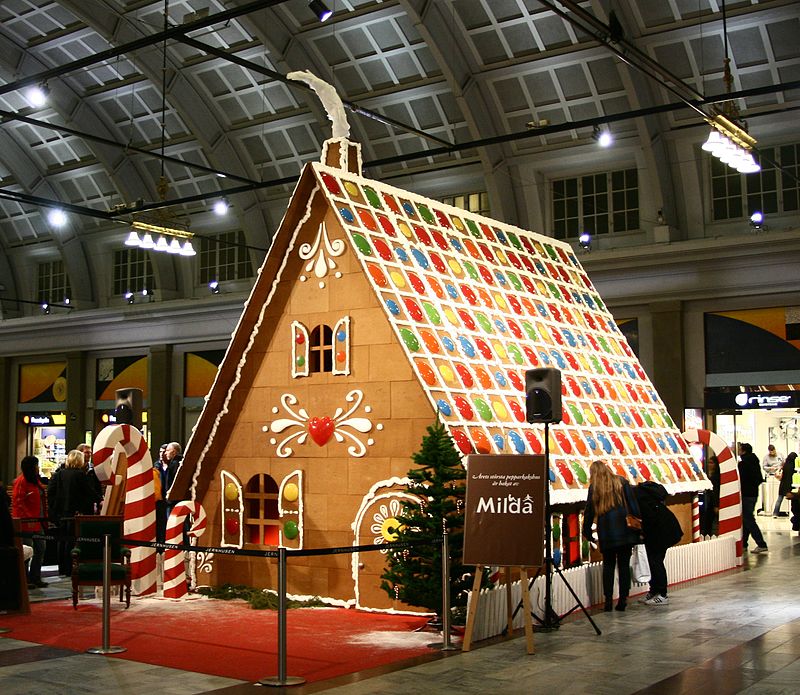
Gingerbread has been around for thousands of years, since the times of the ancient Greeks and Egyptians. It was brought to western Europe from the eastern Mediterranean during the Crusades in the 11th century.
According to the Smithsonian, “Gingerbread was a favorite treat at festivals and fairs in medieval Europe – often shaped and decorated to look like flowers, birds, animals or even armor – and several cities in France and England hosted regular “gingerbread fairs” for centuries.
Ladies often gave their favorite knights a piece of gingerbread for good luck in a tournament, or superstitiously ate a “gingerbread husband” to improve their chances of “landing the real thing”.
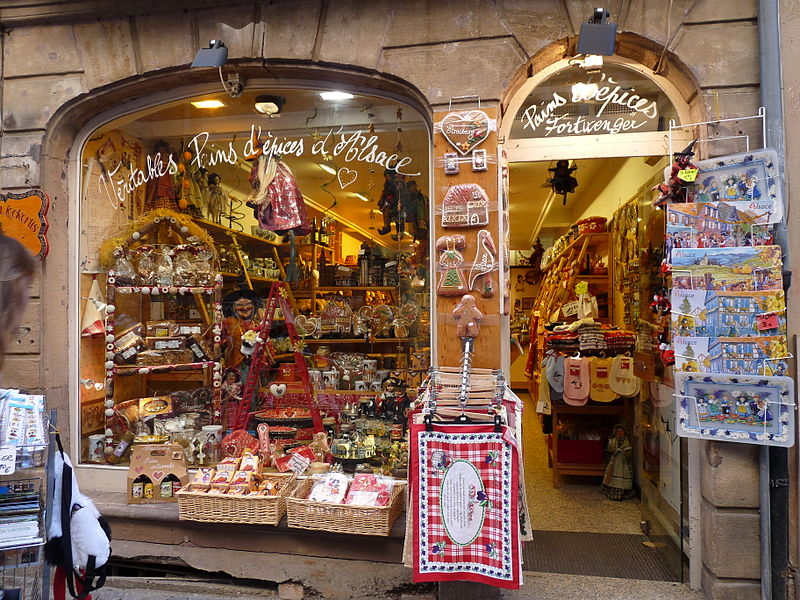
Ginger cakes became so popular treats at fairs, that the fairs in Europe were often called “gingerbread fairs”. The practice of shaping gingerbread quickly spread throughout Scandinavia, Northern Europe, and Great Britain.
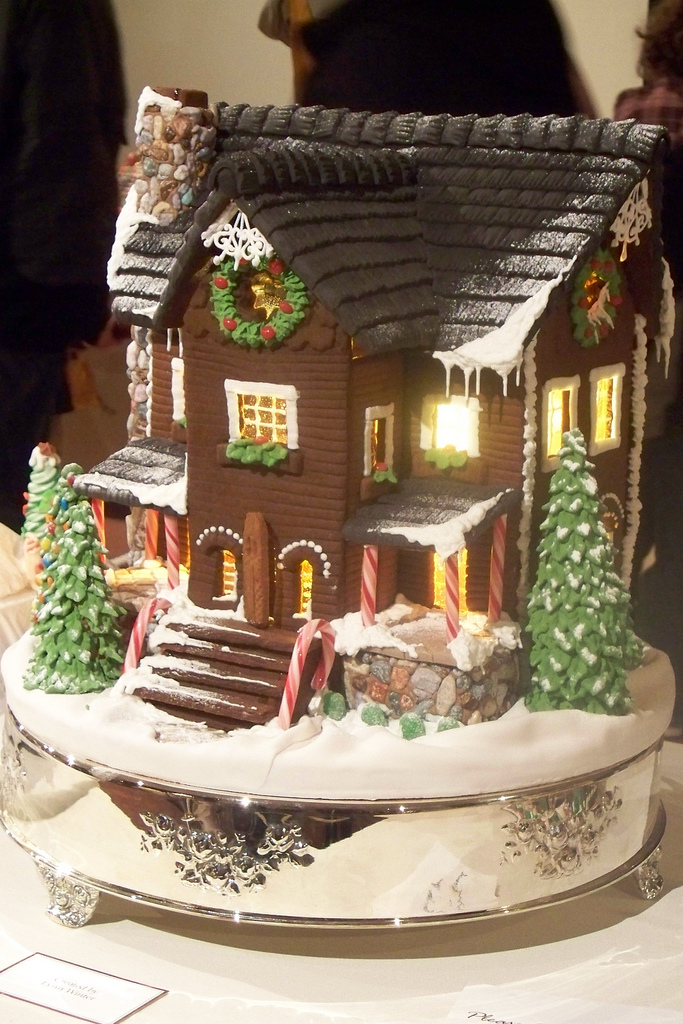
Queen Elizabeth 1st had gingerbread figures made in the likeness of some of her important guests. Gingerbread was also used to make commemorative cakes for historic events. Decorating the gingerbread house became a holiday tradition and the English are credited with starting the tradition of painting gingerbread and displaying it on shop windows.
English colonists brought Gingerbread to the New World. The tradition of baking gingerbread in the United States dates back for over 200 years. One of the most popular gingerbread recipes was written by Mary Ball Washington, George Washington’s mother. However, Gingerbread house was first brought to America by German settlers and since then has become an American tradition.
Gingerbread houses are built traditionally before Christmas using pieces of baked gingerbread dough assembled with melted sugar. With gingerbread’s long history of being used as a decorative edible substance, gingerbread house-making quickly became an art.
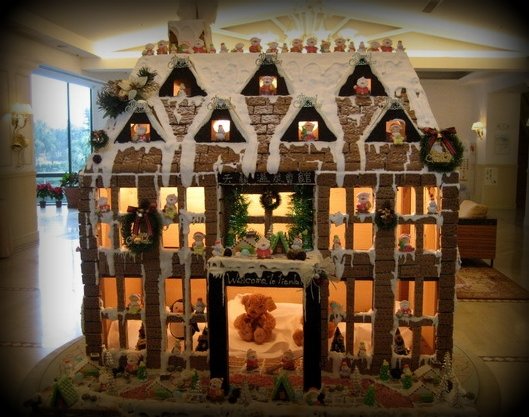
The practice seems to become more and more popular each year. In 2013 the largest gingerbread house in the world was made in Bryan, Texas, USA, with a 2,520-square-foot.
